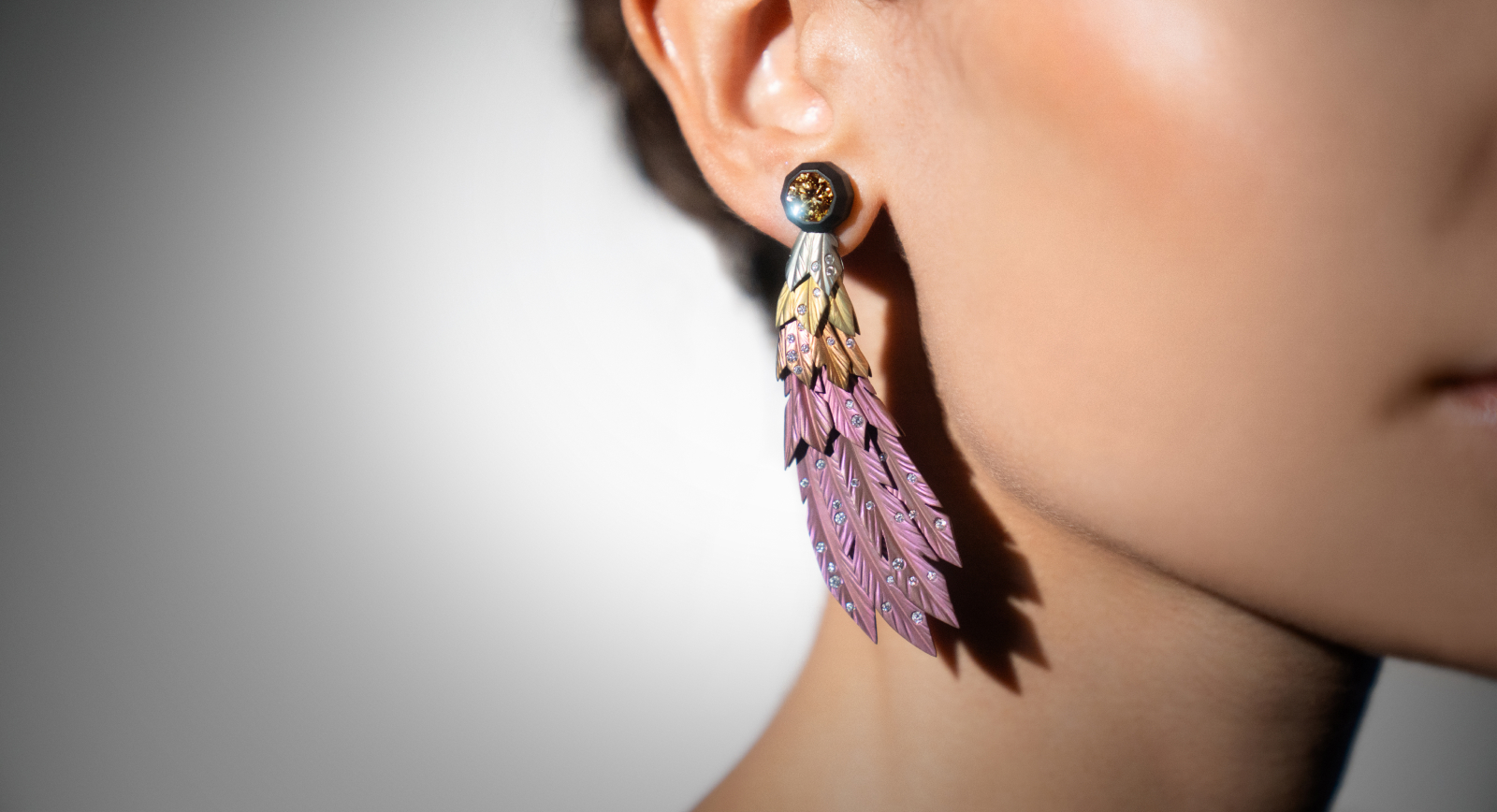

Finishing Touch: How Jewellers Set Deep Gemstones in Their Designs
Working with deep stones presents its own set of challenges, but it’s these very obstacles that push designers to get creative. Whether it’s employing reverse setting techniques or using intricate latticework to let the stone breathe, designers are always rethinking how to highlight a stone’s beauty while keeping it securely in place. From edgy, avant-garde methods to more classical yet creative solutions, setting deep gemstones has become a true showcase of artisan craftsmanship at its finest.
The trick, as Elizabeth Gage puts it, is to plan ahead and consider the weight distribution to ensure comfort, whether the piece is a ring, pendant or earring. As Garnazelle’s Celine Rivet points out, the setting should be inconspicuous, allowing the majesty of the stone to take centre stage. So whether it’s about balancing proportions or playing with new techniques, the beauty of a deep stone lies in its unique ability to inspire bold and thoughtful design choices.
This story is available to Katerina Perez Club members.
In the continuation of the story:
• Discover how designers tackle the challenges of setting unique stones with creative techniques.
• Find out why balance between beauty and comfort is key for bold jewellery designs.
• Explore how weight distribution affects the wearability of statement pieces.
• Learn about prong and bezel settings that enhance brilliance and protection.
• Uncover how materials like gold ensure stones stay secure and balanced.
Monthly access
Unlock Club features
£15/month
Billed monthly. Cancel anytime*
Annual access
Unlock Club Features
and save 13% on membership
£13/month
Billed annualy. Cancel any time*
All Membership Features
- Access to exclusive articles
- Daily bite-size news in Jewellery Chronicles
- Jewellery Calendar of events across the globe
- Curated list of articles from 50 other platforms
- Invites to online and offline KP Club events
- Receive Monthly Newsletter
- Save articles and Images into favourites
Already have an Account?








